In your attempts to increase engagement, you’ve probably begun experimenting with the types of content you promote.
Have you tried running ads that guide visitors to interactive content?
Interactive content’s hot and getting hotter. Consuming it requires action. Much of it calls for the user to answer questions. A feedback loop is usually part of the process.
“By its very nature, interactive content engages participants in an activity: answering questions, making choices, exploring scenarios. It’s a great way to capture attention right from the start. Individuals have to think and respond; they can’t just snooze through it.” – Scott Brinker, founder of the ChiefMartec.com blog, from a guest post on Copyblogger
Yes, creating interactive content may take extra effort, but you’re bound to find the rewards make it worthwhile. People are magnetically attracted to interactive content. Here’s why:
- It tends to be fun and engaging.
- It’s often rewarding.
Marketers love it too.
- 93% of marketers agree interactive content is effective in educating its buyers.
- 88% of marketers say interactive content effectively differentiates their brand. (Source for both statistics: GO-Gulf)
Interactive content offers marketers a myriad of benefits:
- Grabs and holds the attention of the consumer longer
- Can educate the user and draw them closer to the brand
- Usually includes an email collection tactic for high conversion
- Helps potential buyers help themselves
- Gets shared on social media channels
- Can provide insights regarding the prospect’s wants and needs
The final benefit I mentioned above is a big one. It brings personalized marketing into the fray. Here’s an interesting note from Harvard Business Reviewon this:
“The term interactive, as we interpret it, points to two features of communication: the ability to address an individual and the ability to gather and remember the response of that individual. Those two features make possible a third: the ability to address the individual once more in a way that takes into account his or her unique response.”
How to Create Genuine Native Content
Popular types of interactive content
A variety of interactive content types appeal to users and marketers alike. Let’s take a look at some of the most popular types.
Personality quiz
Online quizzes are one of the most popular forms of interactive content. You’re no doubt familiar with the ever-present personality quiz designed to appeal to the psyche of the customer.
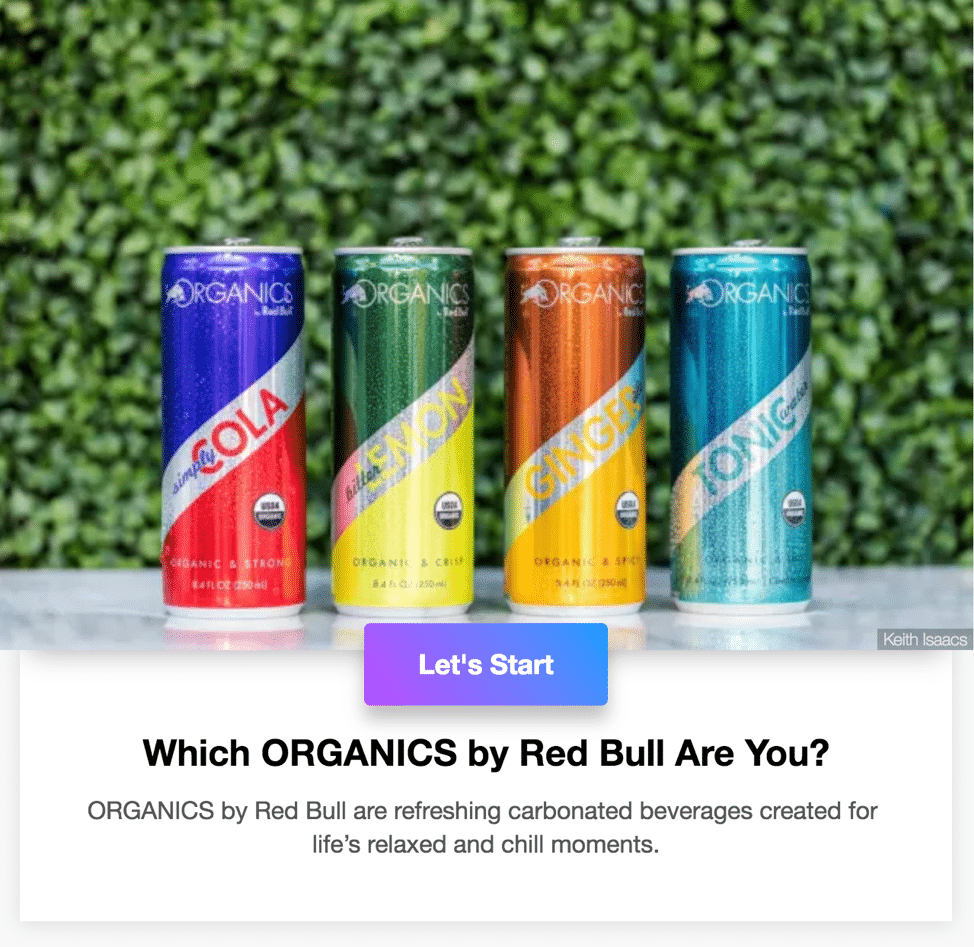
This quiz by Red Bull cleverly leads you through eight fun questions about your personality to recommend a flavor from its Organics line aligned with the personality profile you provided.
Buying guide quiz
This form of content may be described as a buying guide, product picker or configurator, depending on how it’s designed and presented. Worth considering, is its application. It might be for explorers in the awareness stage, potential buyers in the comparison stage, or soon-to-be customers making a decision.
This style of interactive content can be an ideal conversion tool to help showcase specific, or even, customized products and services. The responses users provide may enable you to deliver personalized recommendations and purchasing options.
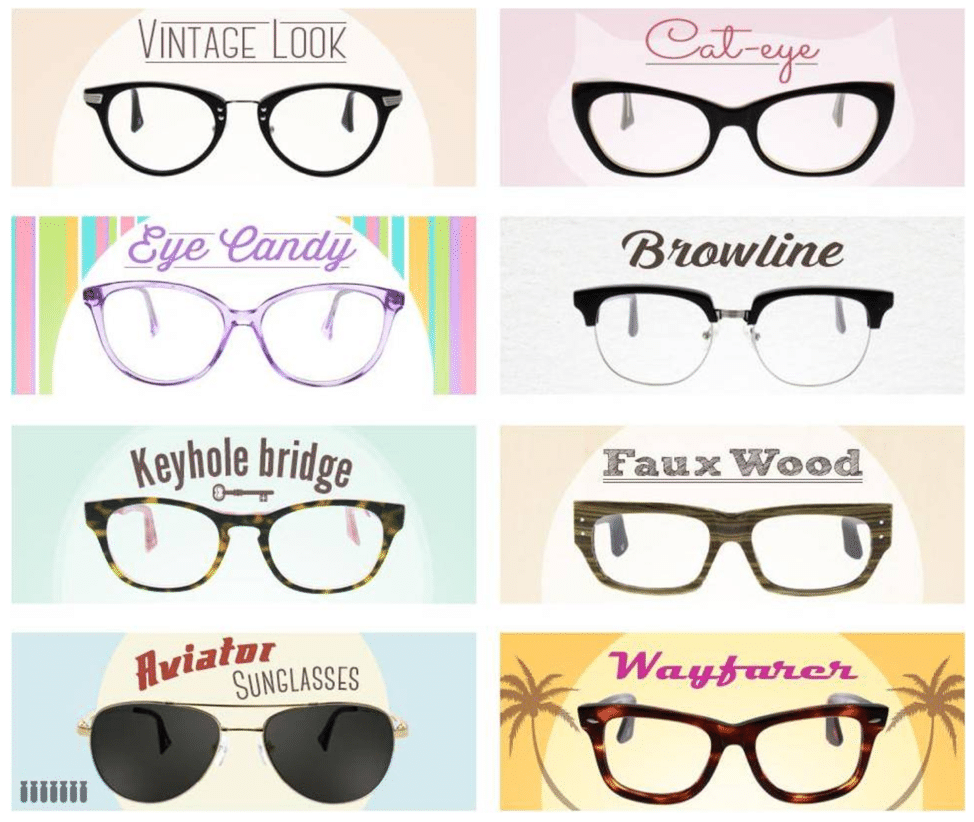
Zenni Optical ran a “You’ve Been Framed” promotional quiz with multiple-choice questions to match the customer with a type of glasses that would complement his or her lifestyle. According to Uberflip, the quiz generated over $1-miillion in revenue, 29K+ conversions and an ROI of 9,655%.
Trivia quiz
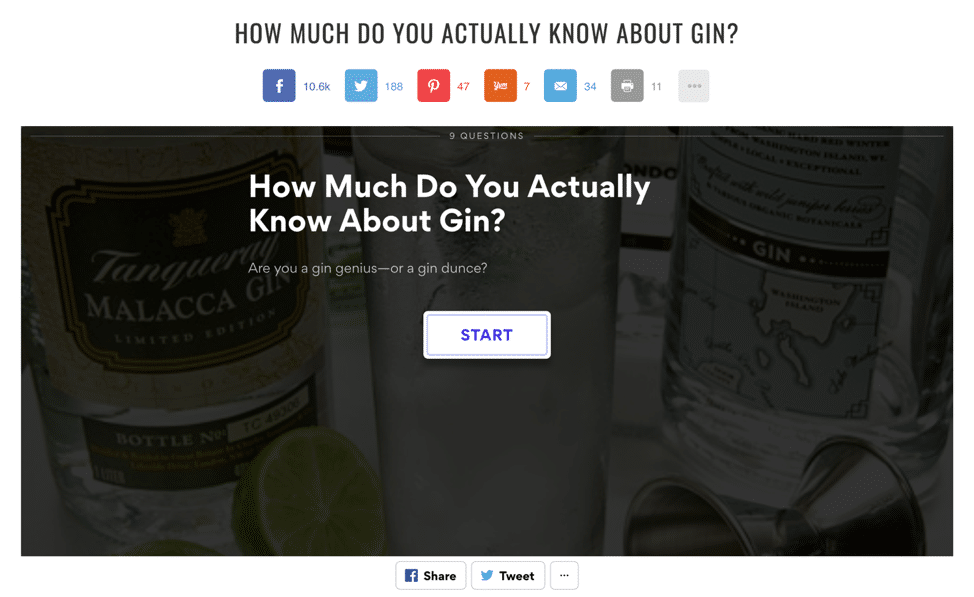
Liquor.com challenges its customers to test their knowledge about gin. Check out the Facebook share counter. Fun quizzes tend to get amplified in a big way via social media.
In speaking about the power of online quizzes, the Native Advertising Institute writes:
“It’s exactly that blend of unobtrusiveness and usability that makes them a perfect native advertising asset.”
Assessments
Assessments come in many forms and are often formatted like a quiz. The idea, of course, is to help the prospects or customers make informed buying decisions.
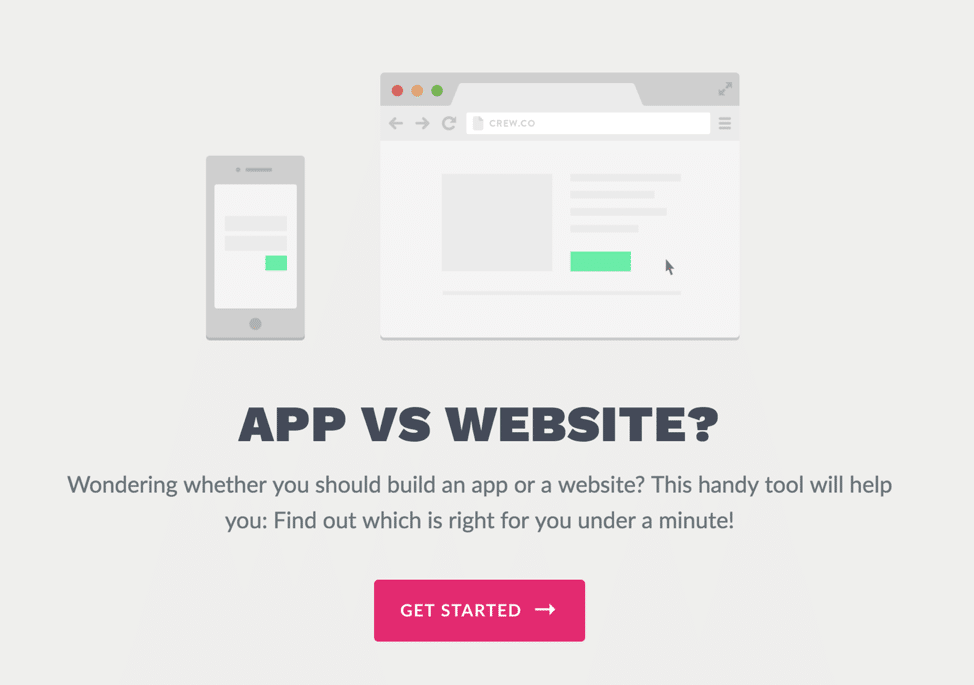
The Z1 Digital Product Studio created this assessment to help users determine whether an app is a fit for their brand.
It’s 18 questions, but interestingly, if you answer the first question claiming to have a budget under $10K, you get your answer immediately: make a website. Seems like a smart lead qualification tactic, right?
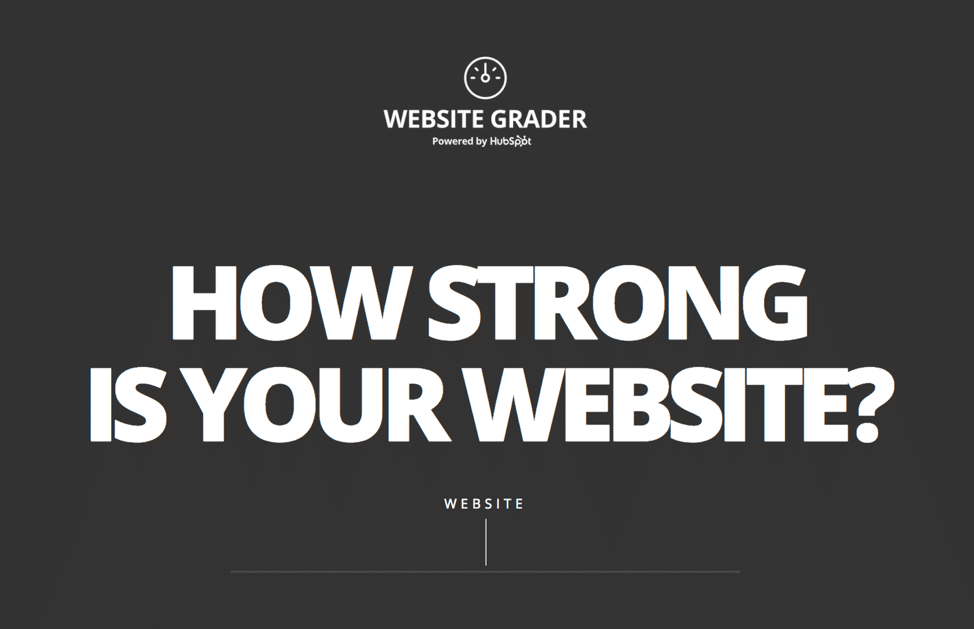
I’d have to nominate HubSpot’s Website Grader for the interactive content hall of fame. In asking for a URL and email, this assessment calls for very little actual “interaction.” Automation then takes over to deliver an enormously valuable report.
Contests
Contests continue to evolve and have proven to be downright attractive across social media and nearly every online channel, native included. Creative contests lure customers and inspire engagement.
They also allow you to collect and publish user-generated content and gather prospect data through the application process.

Here’s a contest from Washington’s Cascade Loop designed to engage visitors first to enter by uploading a photo, and later, to vote on the finalists.
Surveys and polls
There’s no better way to get a pulse on the preferences or opinions of your users than with a poll or survey.

According to Content Marketing Institute, BNP Paribas ran a native advertising campaign aimed at inspiring people to consume its Global Entrepreneur Report from start to finish. Each question is followed by content relevant to the previous answer the user provided.
Product guides
Quizzes can be created and formatted to guide the buyer to the right product or model they need.
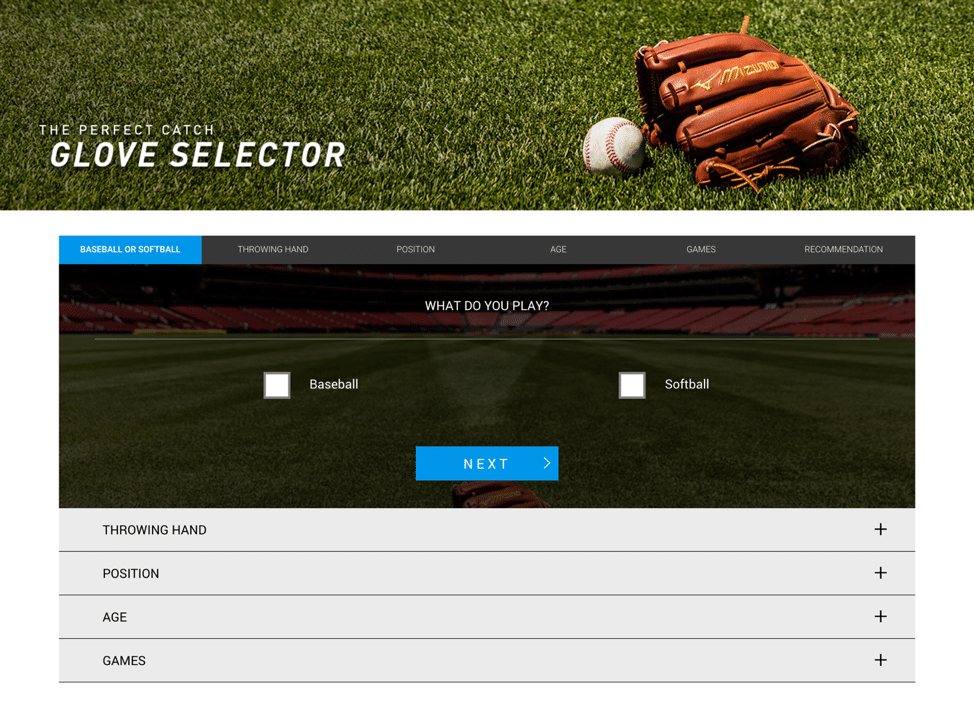
Mizuno offers its customers The Perfect Catch Glove Selector. It’s handy (pardon the pun).
Calculators
A calculator is another interactive—and handy—tool various types of brands can offer to help customers answer the common “how much” question.
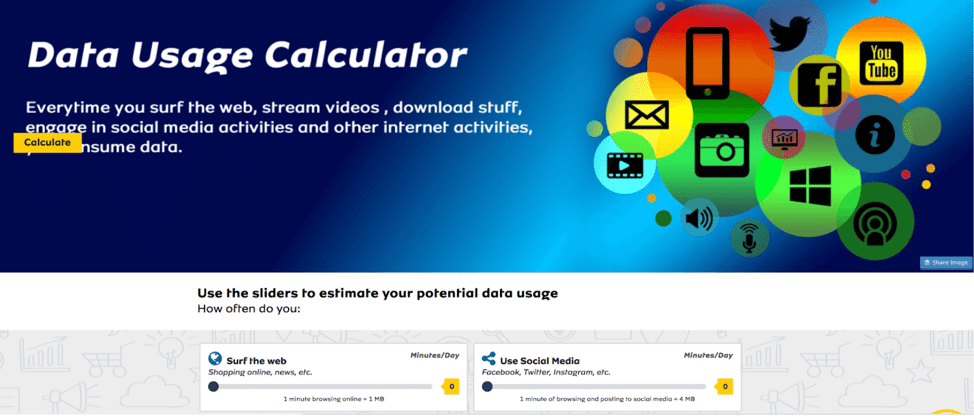
A data calculator from mtnonline.com reveals how much data you’re likely to use based on your online activities. The calculator has been shared more than 65K times. It’s also worth noting calculators (like other high utility interactive tools) tend to earn numerous backlinks.
Interactive infographics
People love learning, so they love infographics. We’ve established they favor interacting with what they discover online. What if you were to up the magnetism of your graphic assets with invitations to interact?
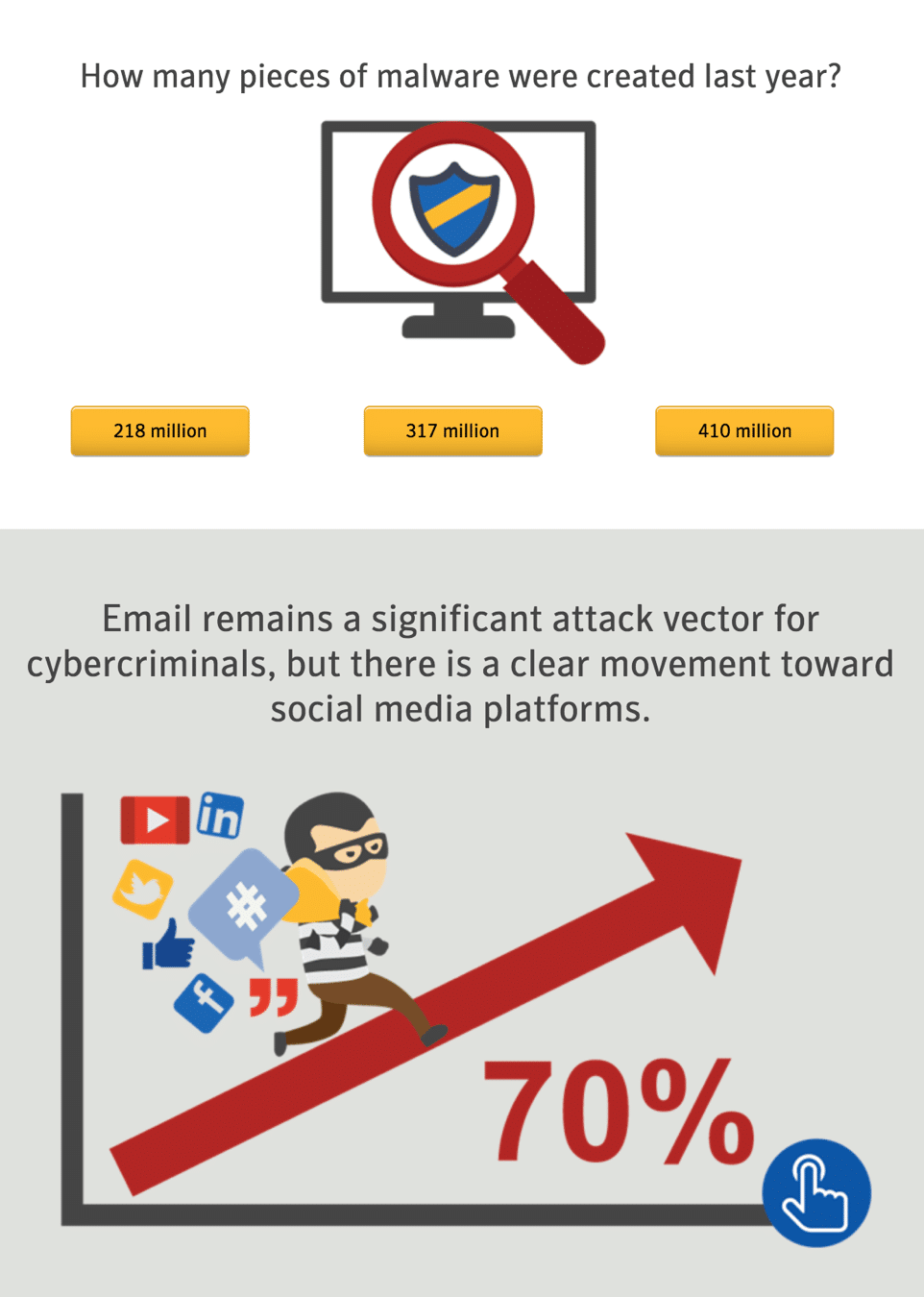
A highly engaging Internet Security Threat Report is presented by Symantec in an animated infographic that injects Q&A elements into it.
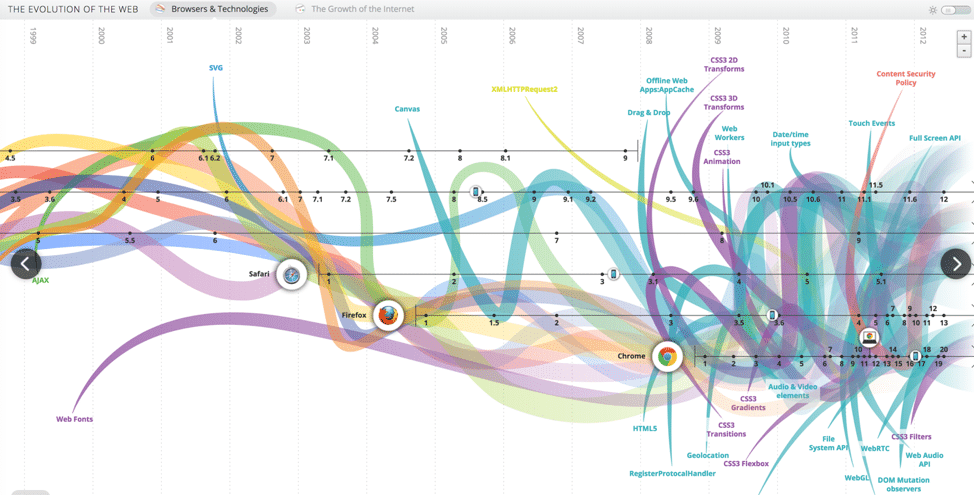
You have to hover your mouse around this interactive infographic by Google Chrome to appreciate the level of effort that went into this project. The Evolution of the Web is an exploratory wonderland offering immense interactivity options and pop-ups all over it.
Interactive video
Yes, of course, in this age of video claiming a dominant share of time spent with online channels, video too can take viewers on an interactive journey.
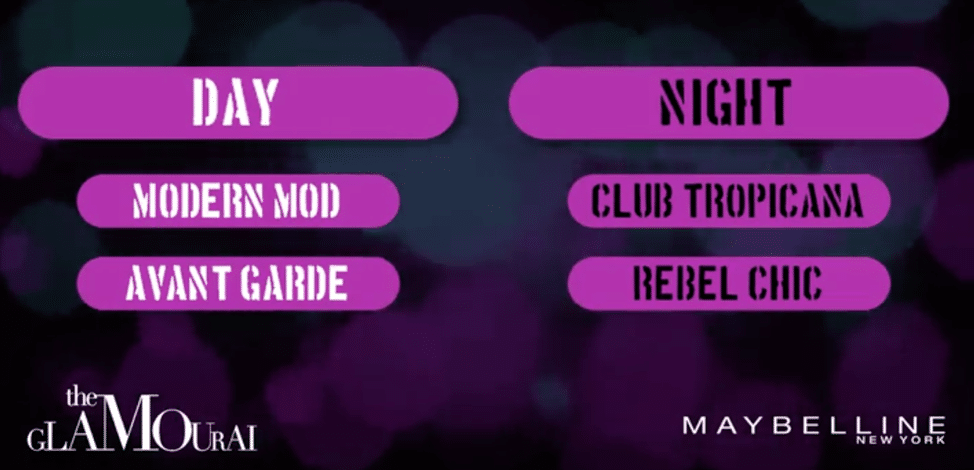
Go here to check out this stunner from Maybelline New York. A tutorial video shows how its Big Eyes Mascara line can help women achieve signature looks with an interactive tutorial experience. Viewers are asked to choose how their beauty adventure unfolds before their eyes.
Impressive stuff here. This storytelling video from Honda offers the same sequence of events by day or night. The viewer simply presses “R” to see “The Other Side.”
Interactive content can map to any stage of buyer’s journey
As you conceive interactive content, you’ll want to think in terms of the stages of the buyer’s journey. With a clear objective in mind, the content types we covered (and even a few others) can map nicely to what you’re trying to accomplish.
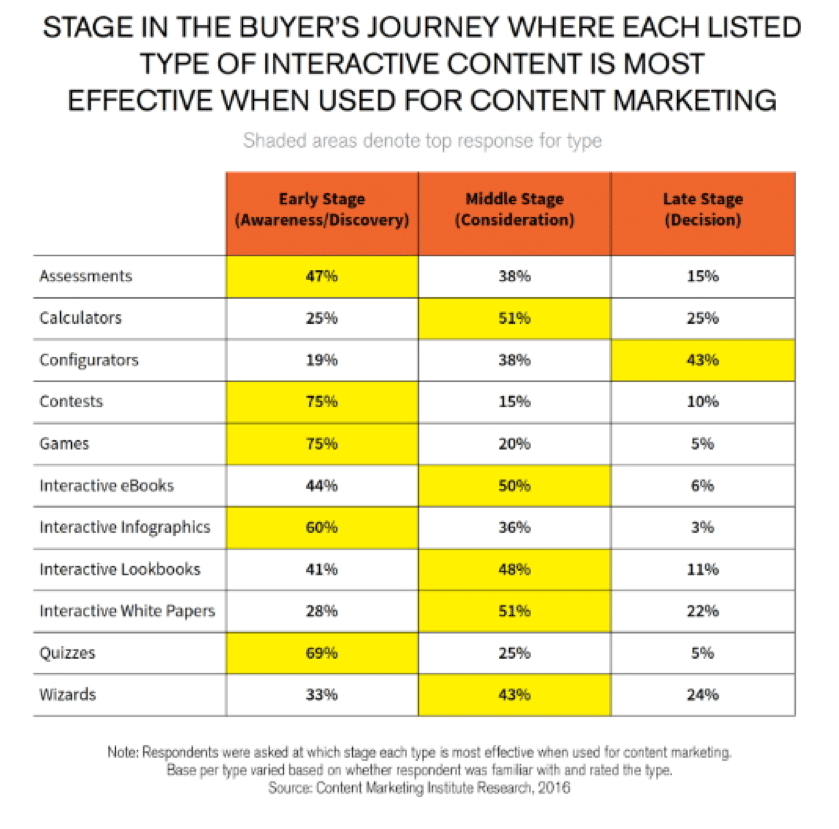
Eleven types of interactive content are listed in this table from Content Marketing Institute. While you see interactive content isn’t commonly made for late stage marketing, many types squarely align with top of the funnel and middle of the funnel objectives.
Serve interactive via native and watch what happens
Interactive content offers an opportunity to differentiate your brand. Use the content types we’ve reviewed here—or any interactive content your heart desires—to improve and diversify your advertising efforts.
Diversify the promotion of it too. Clearly, forms of interactive content such as quizzes and contests are raging hot on social, but it’s time to consider folding interactive ideas into your native advertising campaigns.
Your brand will be more engaging, and you’ll learn a lot about your customers.
High levels of engagement evade most marketers.